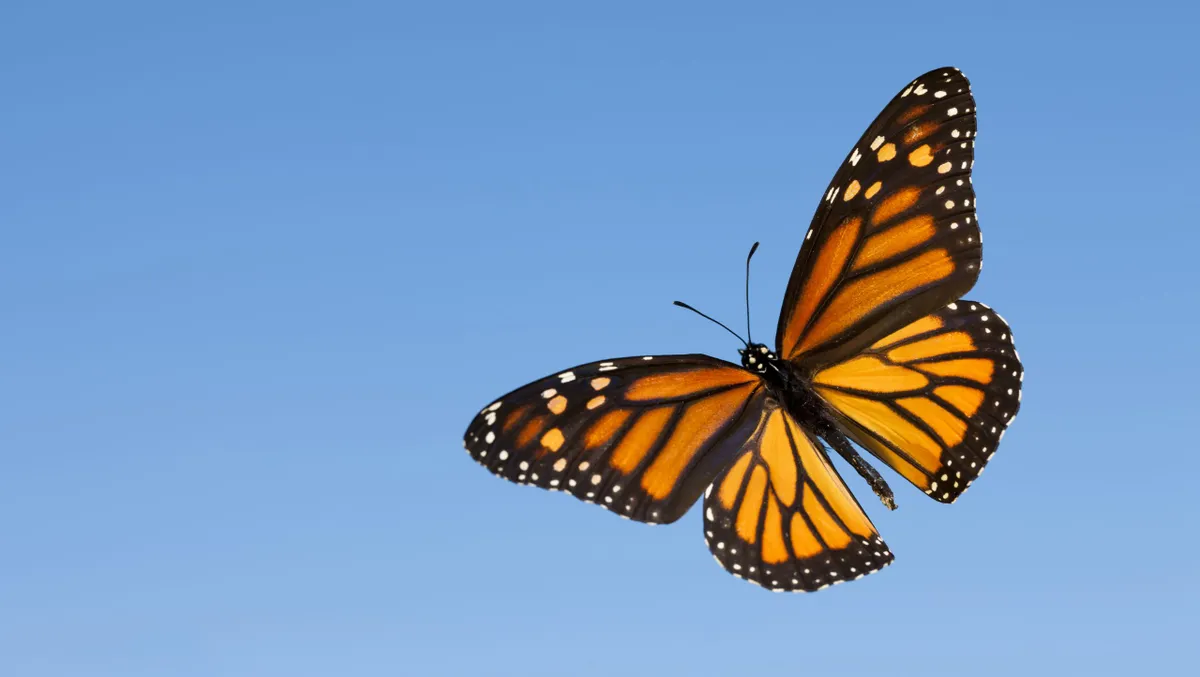How does medicineuse evolve?
As with every evolved trait, it’s down to natural selection. An animal that comes across a new behaviour that’s beneficial in some way is more likely to survive and pass that behaviour on to its offspring.
A nice example of this comes from monarch butterflies, the caterpillars of which only feed on milkweed plants. Monarch butterflies are often infected with deadly parasites, and infected female monarchs tend to lay eggs on milkweed species that have higher concentrations of parasite-killing chemicals called ‘cardenolides’.
Prof Jaap de Roode of Emory University in Atlanta, US, has shown that this can reduce levels of infection in the butterflies’ caterpillars, and that uninfected monarch butterflies don’t show the same milkweed preference.

What kinds of medicine do animals use?
There’s growing evidence that animals are able to ‘self-medicate’ using a variety of plants and insects. Chimpanzees, for example, have been observed swallowing whole the rough leaves from Aspilia plants. These leaves are believed to brush parasitic worms from their gut wall so that they can poo the worms out of their body.
Meanwhile, more than 200 species of bird have been observed ‘anting’, where the birds rub ants along their feathers, or roll in ant nests. This could be another form of parasite control – the birds mostly use ant species that spray toxic formic acid.
There’s even evidence that African elephants self-medicate, eating a plant from the borage family in order to helpinduce labour.
What can animals teach us about medicine?
Myths and folklore often cite animals as the source of medical knowledge, and today’s pharmacologists are increasingly looking to self-medicating animals for inspiration. The Aspilia plants used by chimps to flush out parasites have also been found to have antibacterial properties, so compounds extracted from these plants could help to treat infected wounds.
Orangutans in Indonesia have been observed rubbing a foamy mixture of saliva and leaves from another plant, Dracaena cantleyi, on their body, and local indigenous people use this plant in a similar way to relieve joint and muscle pain. Scientific analysis of this plant has since shown that it does indeed have anti-inflammatory properties. The natural world, it seems, is full of healing compounds, and animals can help to point us in the right direction.
Read more:
- Can we save the insects?
- Can we make an artificial womb?
- Is fasting good for you?
- Why do women live longer?